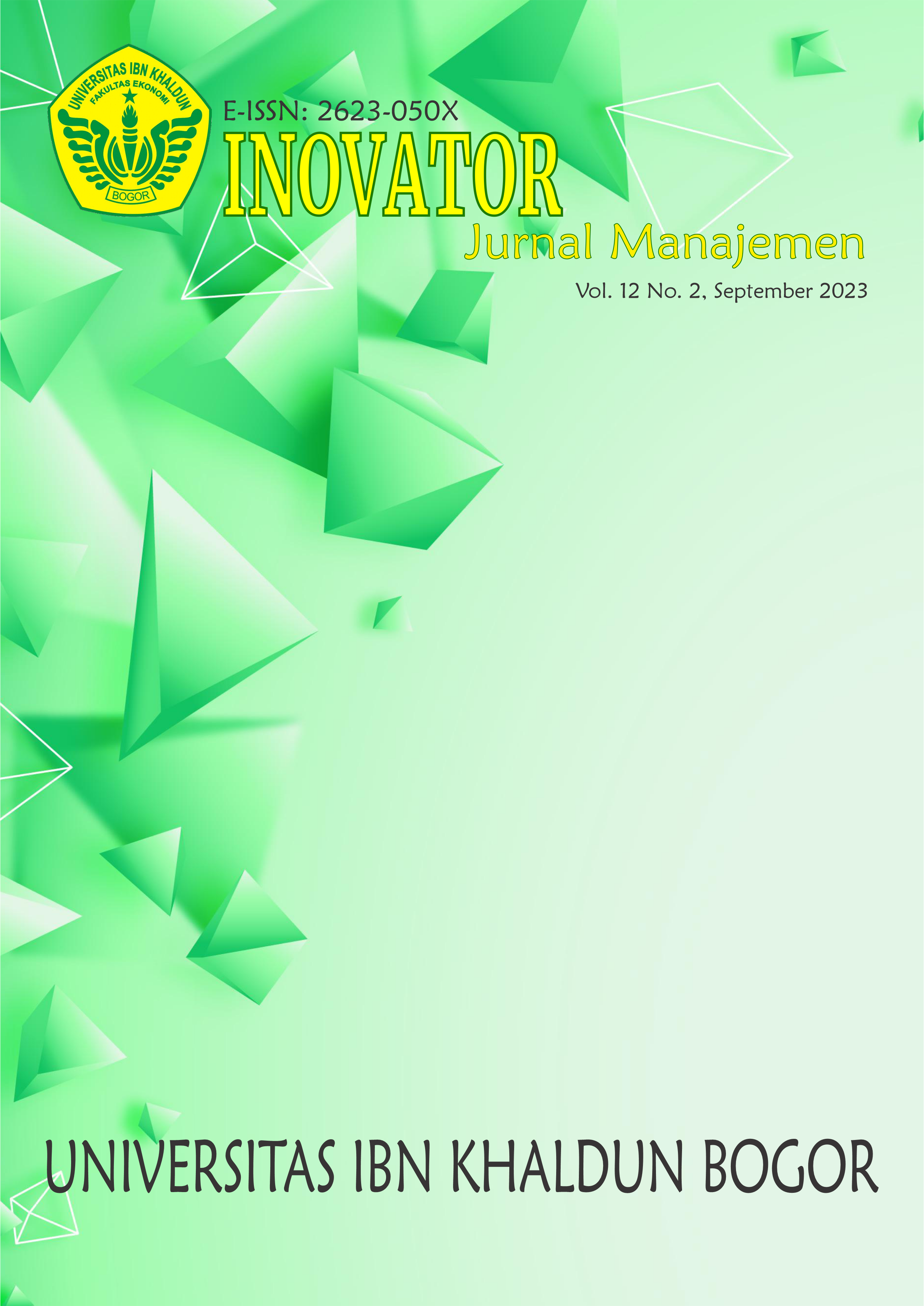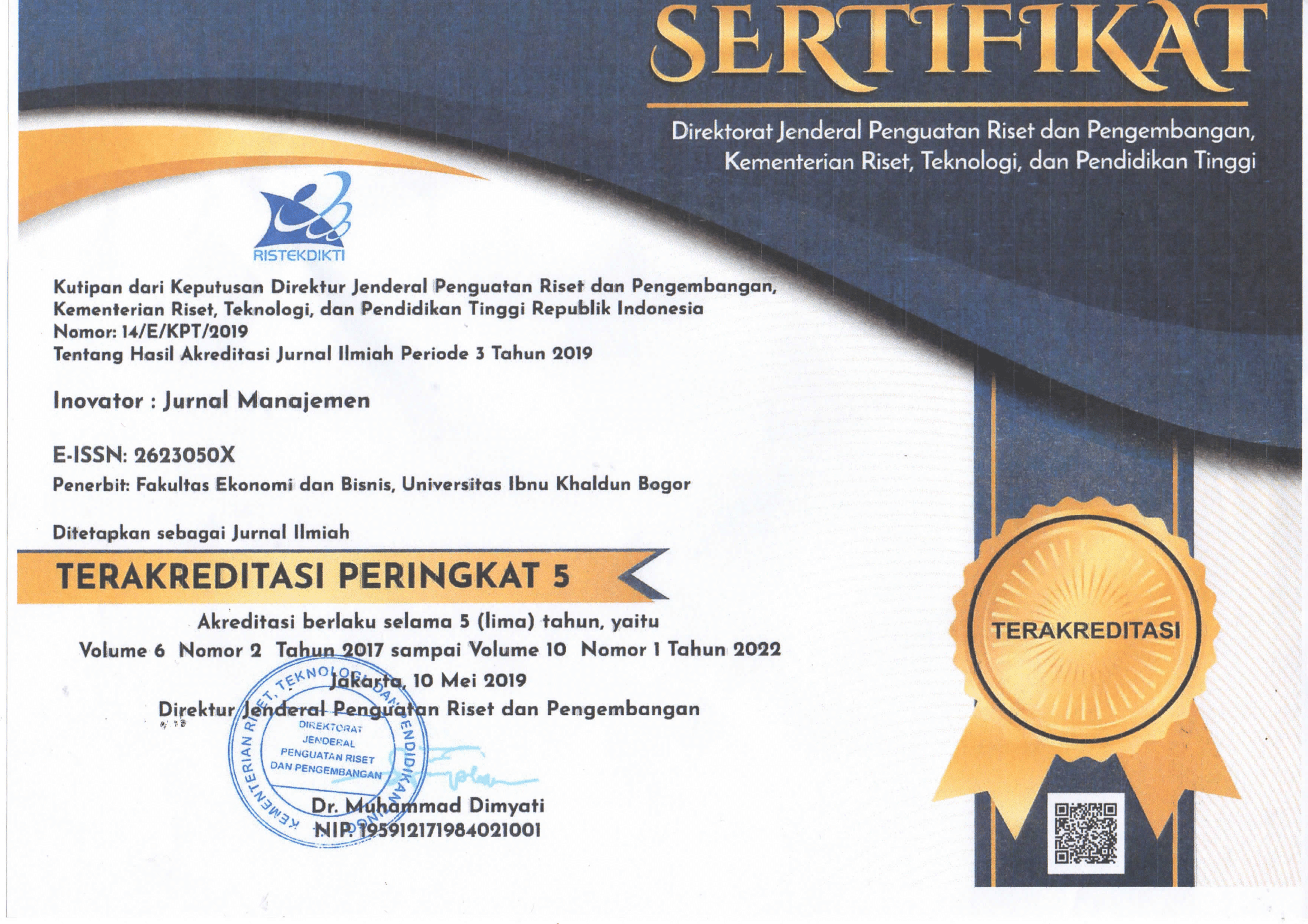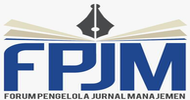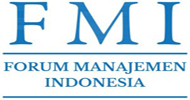Efficiency Strategy of Zakat Management Organizations For Zakat Institutions; Case Study At National Amil Zakah Institution BMH
DOI:
https://doi.org/10.32832/inovator.v12i2.17625Abstract
The level of growth which is relatively stagnant in BMH (2020 – 2021) period indicates inefficiencies have occurred due to the not optimal management of input variables (HR costs, socialization costs, operational cost) or in maximizing output achievement (collection and distribution of Zakah, Infaq, Shodaqoh).This study has objective to analyze the efficiency level of the BMH in 2018 – 2021 and develop a generic strategy to increase efficiency for BMH.Methods of data analysis using the Purposive Sampling technique, taking 23 BMH Representative offices in Indonesia with the same variables (2018 – 2021). This research is non-parametric quantita-tive Data Envelopement Analysis and qualitative research with desk studies sup-ported by survey and interview.The first result is seen from the average efficiency score of BMH with CRS and VRS approaches. It is known that none of the BMH Representatives in 23 provinces in Indonesia has achieved maximum efficiency (1,000) during the 4-year observation period (2018 – 2021). The second result, when viewed from the efficiency trend, the experienced an increase in efficiency during the four-year observation period (2018 – 2021). The third result in research on efficiency measurement is based on the category of institutional scale based on the average ZIS earnings per year, indicating that the condition of the BMH scale has a positive effect on efficiency. The fourth result measurements based on the time before the Covid-19 Pandemic (2018 - 2019) and during the Covid-19 Pandemic (2020 - 2021), shows that the Covid-19 Pandemic has no effect on the inefficiency.
Downloads
Published
How to Cite
Issue
Section
License
Copyright (c) 2023 INOVATOR : Jurnal Manajement

This work is licensed under a Creative Commons Attribution 4.0 International License.


























